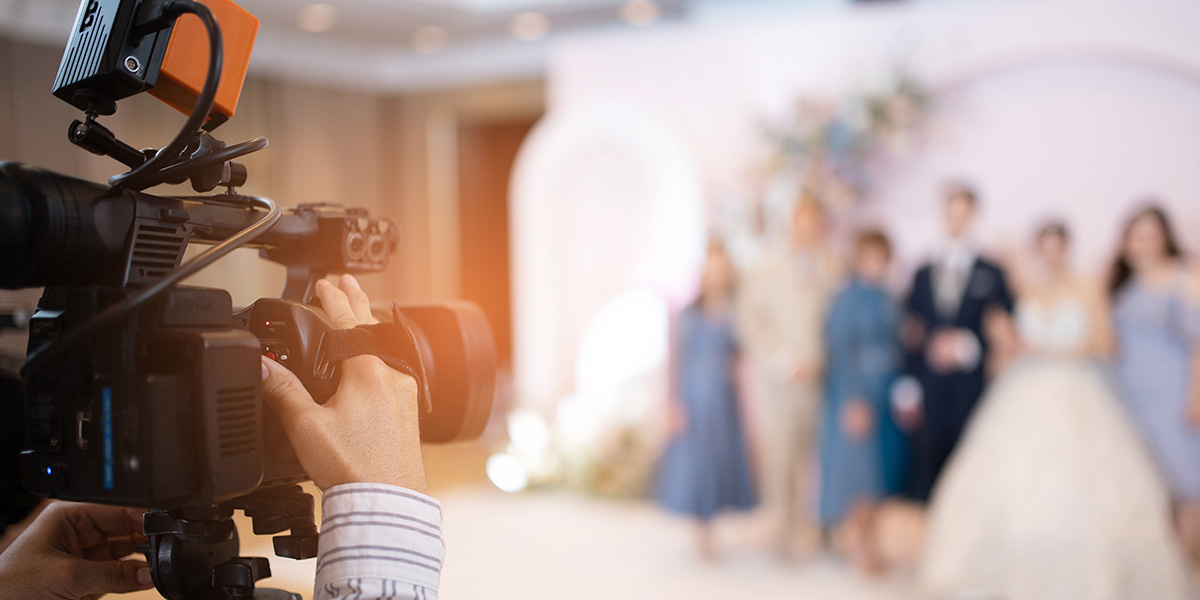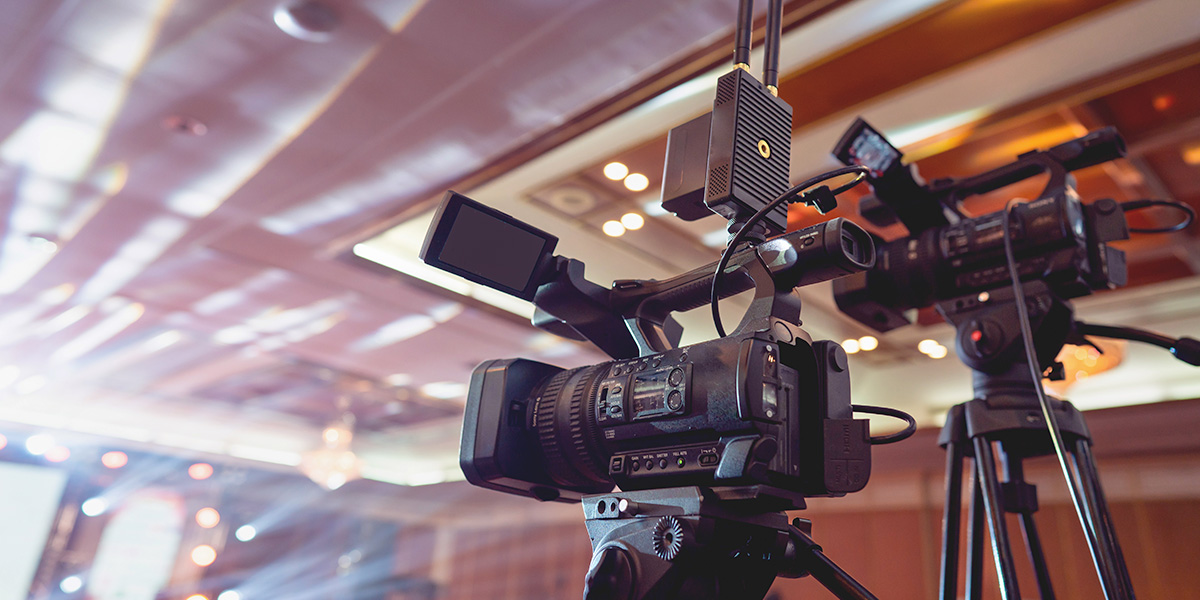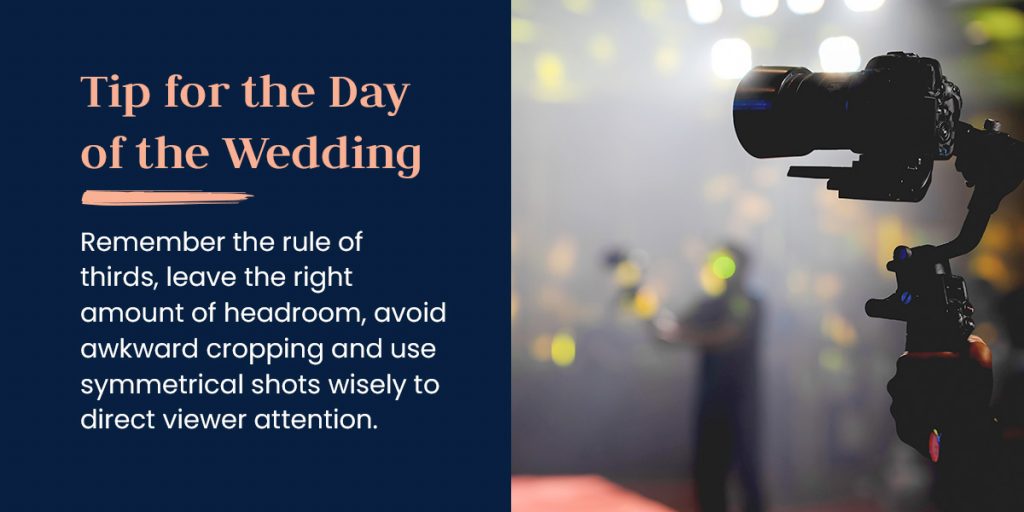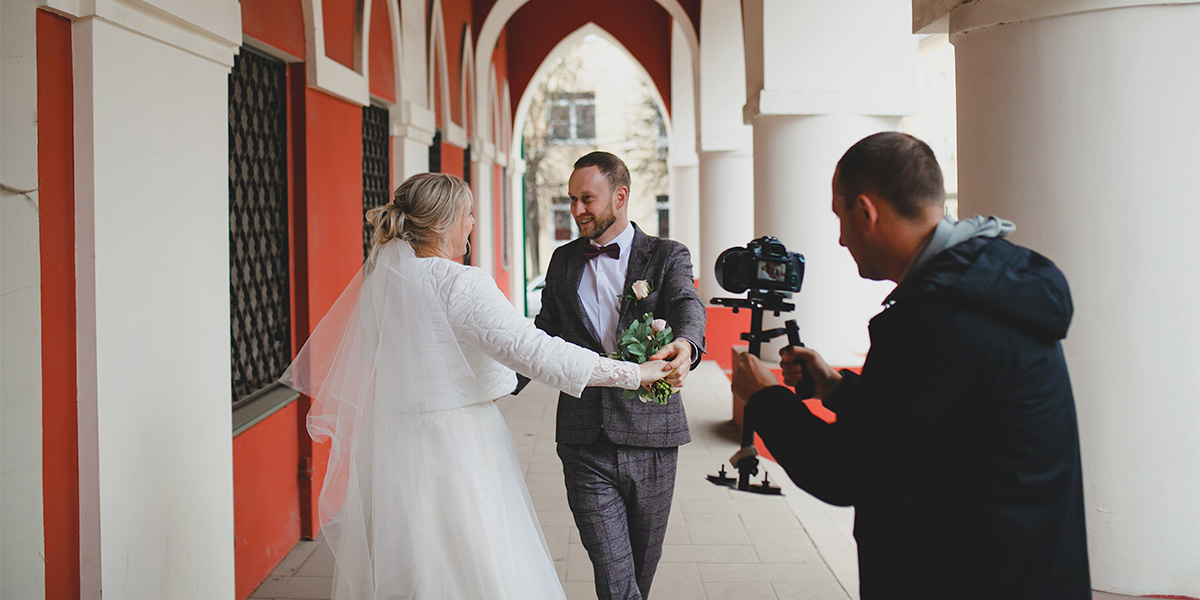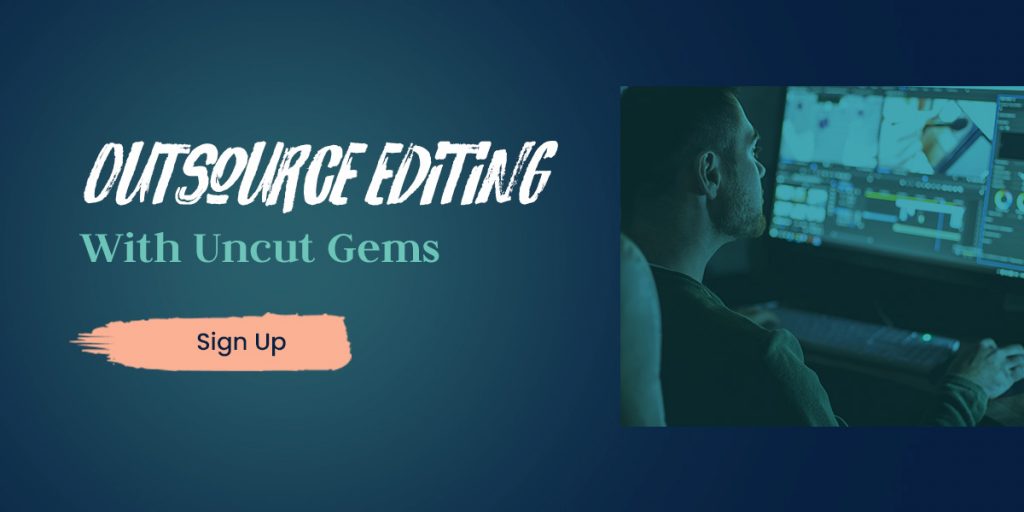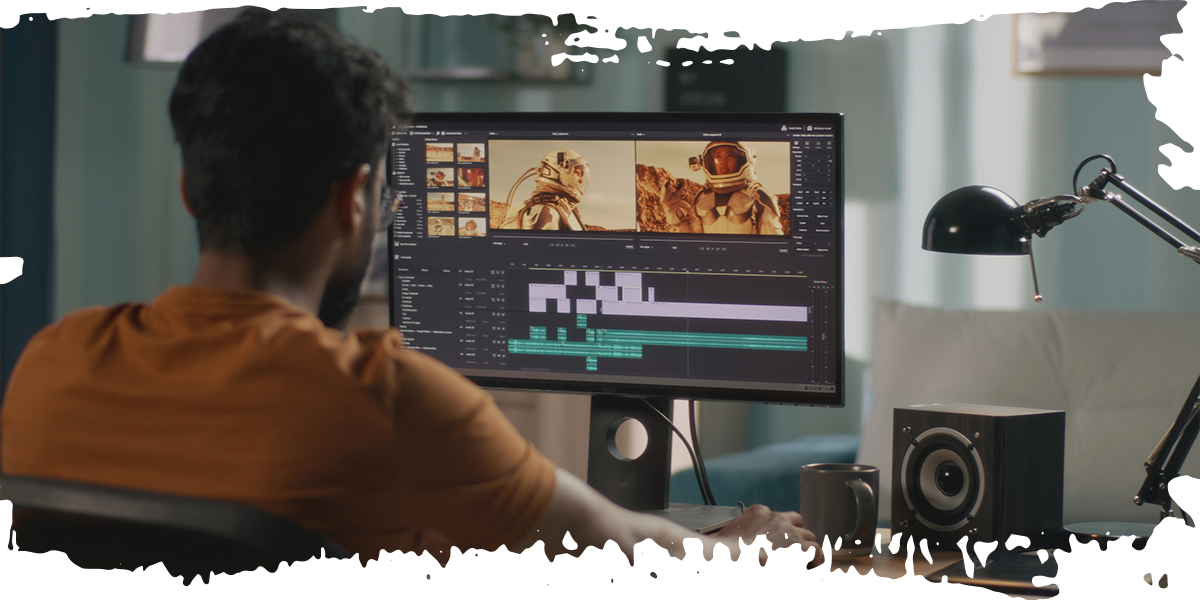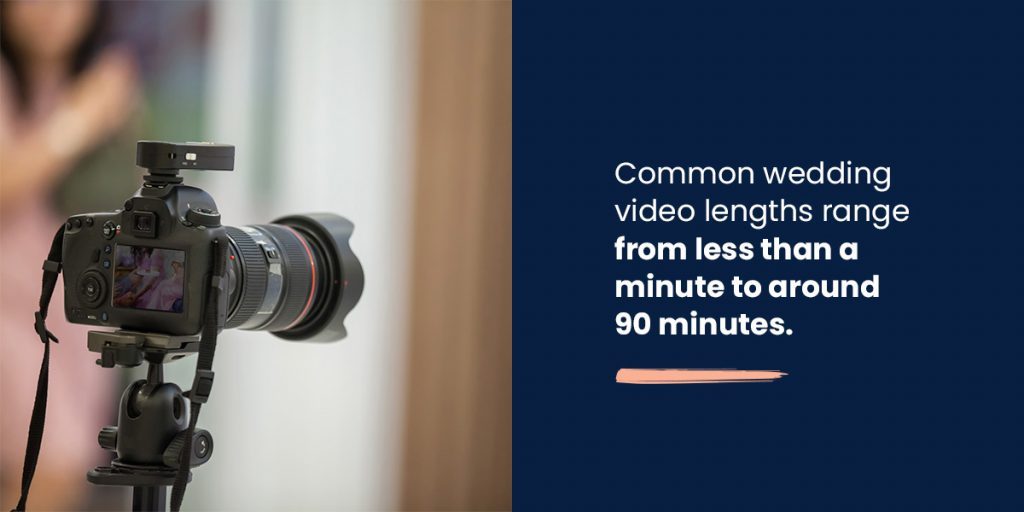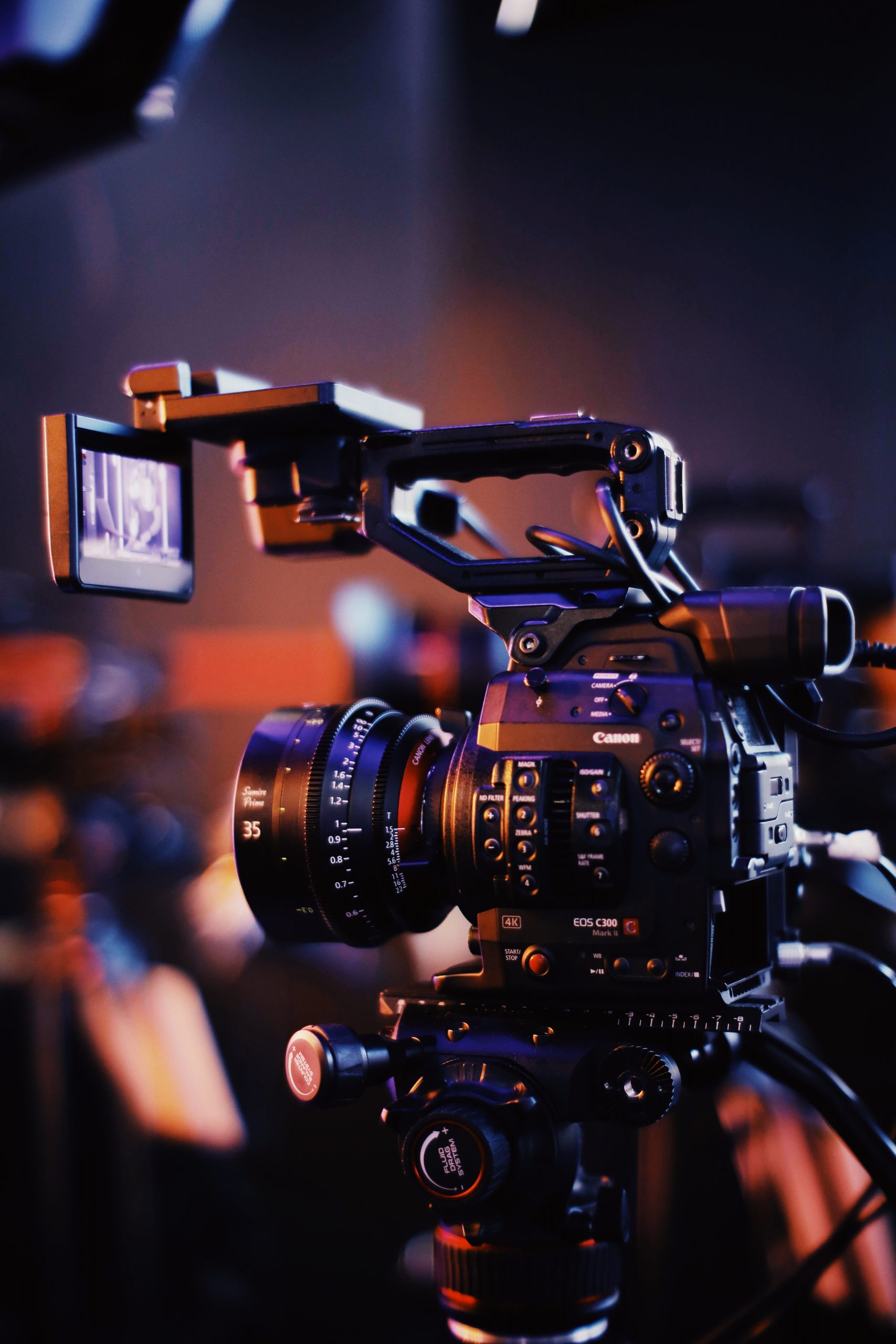Lights, camera, action! Welcome to the dazzling world of wedding videography, where you’re capturing moments and crafting cinematic treasures that couples will cherish for a lifetime. Whether you’re a budding videographer looking for wedding videography tips for beginners or an experienced pro aiming to polish your skills, this guide is your ticket to elevating your craft. We’ll explore how to build a thriving business and share insider tips for shooting a wedding to make your videos shine like a diamond.
What to Do as You Build Your Wedding Videography Business
Before we zoom in on the technical aspects of filming a wedding, let’s focus on the bigger picture. Building a successful wedding videography business requires more than a steady hand and a good eye. It’s about crafting a brand that resonates with couples and stands out in a crowded market.
1. Define Your Signature Style
Every great artist has a unique signature. As a wedding videographer, your style is your calling card. Are you drawn to dreamy, romantic aesthetics, or do you prefer a more documentary-style approach? Whatever your preference, honing a distinctive style will help you attract the right clients and build a cohesive portfolio. Take the time to study different wedding video styles, experiment with various techniques, watch films and draw inspiration from diverse sources. Your unique style might combine elements to create something distinctive.
2. Invest in Quality Equipment
While it’s true that the artist, not the tools, makes the art, having reliable, high-quality equipment is worth its weight in gold in wedding videography. So, start with the basics and gradually build your kit. Invest in a high-quality camera, versatile lenses, stable tripods and professional-grade audio equipment. You can also consider renting equipment for specific shoots before making big purchases to test different gear and find what fits best with your style.
3. Master the Art of Networking
Connections are critical in the wedding industry. A strong network can provide support, inspiration and business opportunities, so aim to build relationships with wedding planners, photographers and venues. These connections can lead to referrals and collaborations that will help your business stand out and grow. We also recommend attending bridal shows and industry events to meet potential clients and fellow vendors or joining online groups to stay connected and learn from others in the field.
4. Develop Clear Packages and Pricing
Transparency in your offerings and pricing will save you and your clients from headaches down the line. Create clear, comprehensive packages that outline exactly what clients can expect, and consider offering tiered options to cater to different budgets and preferences. When developing your packages, consider add-ons that can increase your revenue, such as same-day edits, extended coverage or drone footage.
5. Create a Stunning Online Presence
Your website and social media profiles are often the first impression potential clients will have of your work. Showcase your best videos, share behind-the-scenes content and tell your brand story. Remember, your online portfolio is your 24/7 sales pitch, so you should regularly update your online platforms with fresh content and engage with your followers and other wedding vendors. Consider starting a blog to share wedding videography tips for beginners to establish yourself as an expert in the field and improve your website’s search engine optimization. Use social media strategically to engage with your audience and showcase your personality alongside your work.
4 Tips to Level up Your Wedding Videography
Now that we’ve laid the foundation for your business, let’s cut to the chase and explore some game-changing wedding videography tips to elevate your videos from rough cuts to polished gems!
1. Plan Your Shots
One of the major tips for shooting a wedding is to plan your shots. Have a detailed consultation with the couple to discuss their expectations, must-have shots and any specific moments they want captured.
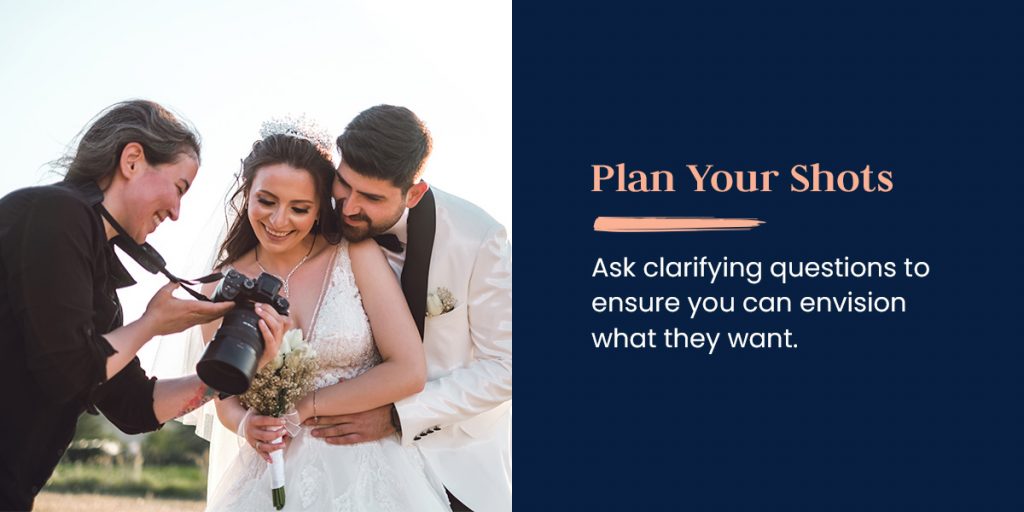
Ask clarifying questions to ensure you can envision what they want. With permission, you can also take an audio recording of them describing their ideal wedding video for reference. Based on your discussion with the couple, create a shot list that includes crucial moments, significant family members and friends, and unique elements of their wedding. Reference this list throughout the day to ensure you do not miss any essential shots.
2. Master Multiple Camera Coverage and Composition
When figuring out how to film a wedding, remember that one camera cannot be everywhere at once. Static cameras can capture wide shots or specific moments like the ceremony while you move around with your primary camera. This approach will give you more editing options and ensure you don’t miss critical moments.
If you’re working solo, consider investing in small, high-quality action cameras that you can discreetly place to capture additional angles. These can be particularly useful during the ceremony or for capturing guest reactions during speeches. As you film, use concepts like the rule of thirds, leading lines and framing to guide the viewer’s gaze toward the couple.
3. Be Discrete and Capture Authentic Moments
The best wedding videographers are stealthy. So, use silent camera modes when possible, be mindful of your positioning during key moments like the first kiss and speeches and adhere to the wedding dress code to blend in with the guests. Also, avoid loud Velcro on your gear bags, and practice smooth, deliberate movements to minimize distractions while filming.
While posed shots have their place, the real magic of wedding videography lies in candid moments. Keep your camera ready to capture spontaneous laughter, tears of joy and intimate glances. Dressing like a guest and having quiet equipment also helps you blend in and capture genuine emotions. These unscripted moments often become the emotional heart of the wedding video.
4. Streamline Your Processes and Workflow
During peak wedding season, balancing multiple shoots while maintaining high-quality output can be challenging. Establishing a streamlined workflow and strategic partnerships ensures you deliver top-notch videos promptly and maintain a healthy work-life balance. You should create a system for organizing and backing up your footage. Keep a digital copy of your shot list and a video of the couple describing their wedding video vision to ensure you meet and exceed their expectations.
You can also partner with professional editing services to handle time-consuming post-production tasks. This approach allows you to focus on shooting more weddings and grow your business, even if you don’t have an in-house editor. By outsourcing editing, you can maintain a consistent style across all your projects and deliver polished final products without burning out, even if your business is a one-person show.
Polish Your Craft With Uncut Gems
As we wrap up this cinematic journey, remember that becoming a top-tier wedding videographer is a process of continuous refinement. Each wedding you shoot is an opportunity to hone your craft and add another sparkling gem to your portfolio. Keep practicing these wedding videography tips, and experiment to develop your unique style.
And when the editing workload becomes overwhelming, Uncut Gems is here to help polish your raw footage into cinematic masterpieces. Our professional editing services can save you time and money while ensuring you deliver high-quality videos to your clients. Whether you prefer the flexibility of our pay-as-you-go option or the cost-efficiency of our annual pricing plans, Uncut Gems is here to help you shine in the competitive world of wedding videography.
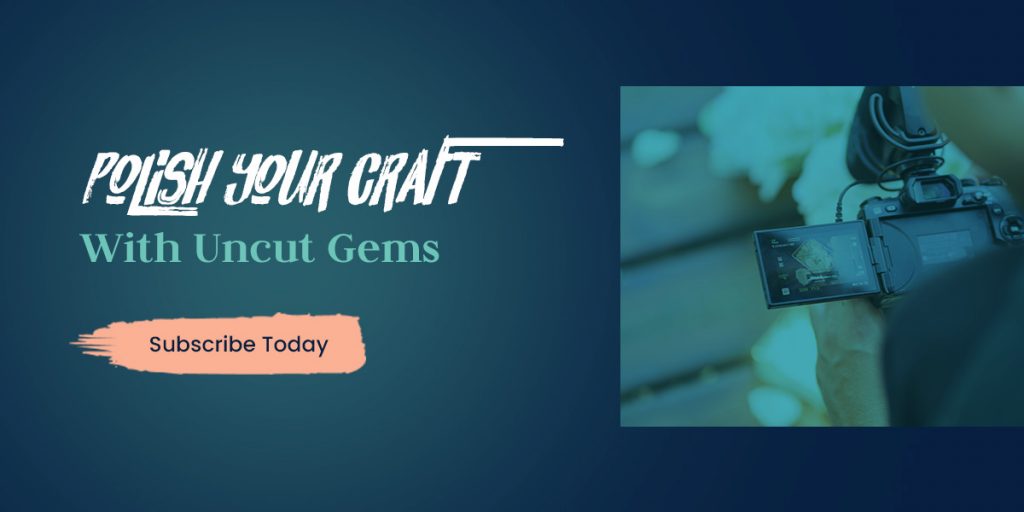
Subscribe today to elevate your craft, delight your clients and grow your wedding videography business!
